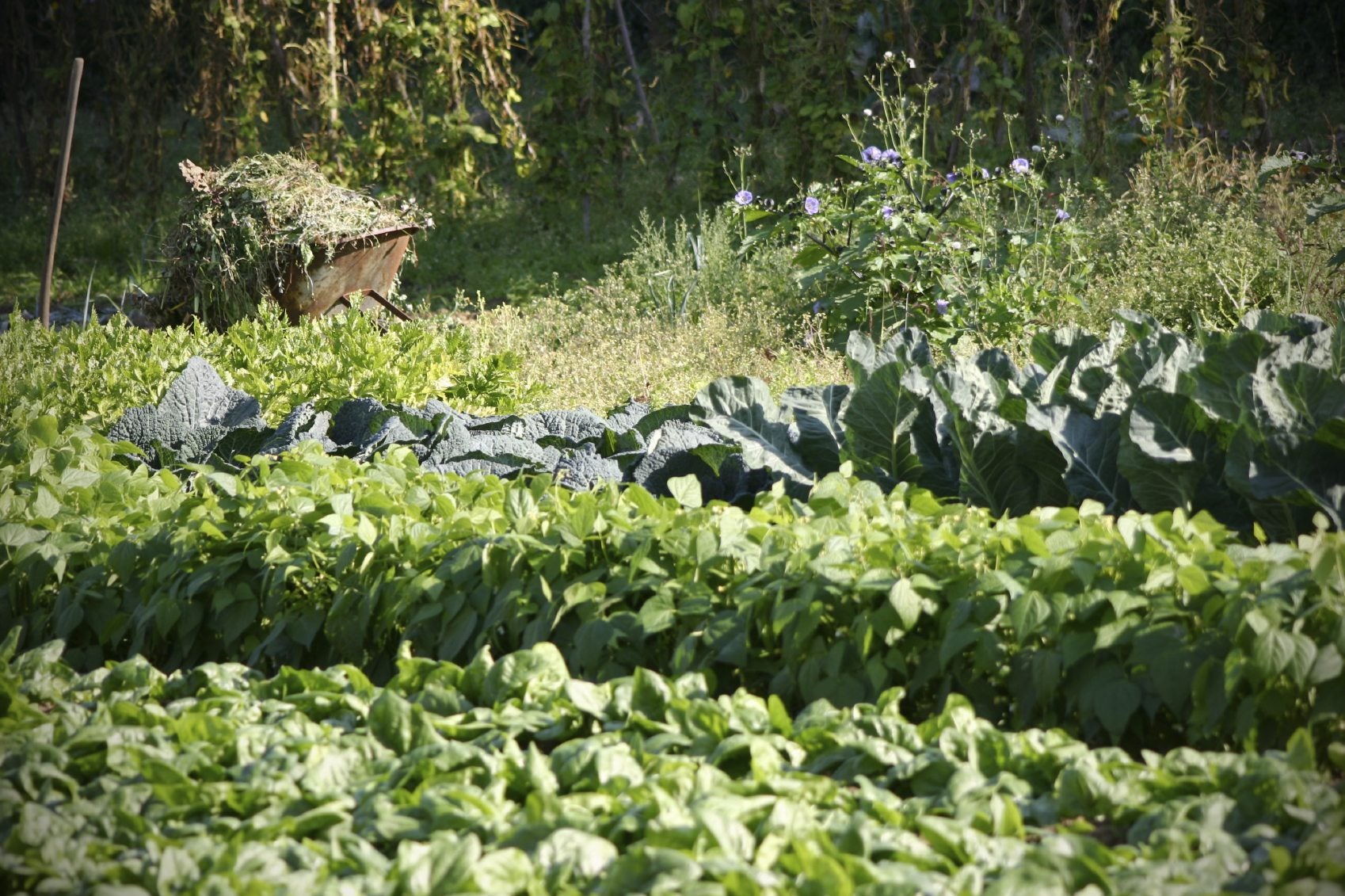Midsummer Planting Tips: What To Plant In Midsummer


Many people ask, “How late can you plant vegetables?” or even flowers in the garden. Keep reading to learn more about midsummer planting and what plants perform better during this time.
Midsummer Planting Tips
There are many vegetables and flowers that you can plant midsummer – even in northern or mountain states such as Minnesota and Colorado. The most important things you need to know for planting in midsummer are:
- your local average light frost date, 33 to 38 degrees F. (1-3 C.)
- your local average killing frost date, 28 to 32 degrees F. (-2 to 0 C.)
- cold hardiness of the plants you are installing
- amount of time it takes for each vegetable or flowering plant to reach maturity
With these facts in hand, you can calculate whether it is worth it to fit in a second harvest or whether you should let the garden rest until winter. Some plants stop growing and die with just a light frost whereas others can keep going until it gets really cold. Certain vegetables even overwinter in the garden. How late you can plant vegetables depends on where you live, which vegetable you choose, and the current date. For example, bush beans take 45 to 60 days to mature but they are killed by light frost. If your average frost date is October 1st, you better plant your bush beans by July 1st. That is pushing it a bit too. In this case, I’d say that bush beans are a slightly risky option for planting in midsummer.
What to Plant in Midsummer
Planting in midsummer is an adventure. You are giving the growing season that extra squeeze. There are a number of vegetables that do well later in the season. Greens are some of the easiest plants to start midsummer. You can harvest them before full maturity when the leaves are still small and sweet.
- Kale and collard greens take 40 to 60 days to mature and are very hardy down to 20 degrees F. (-7 C.). In warmer areas, kale and collard greens will live through the winter.
- Swiss chard and leaf lettuces (40-60 days) will survive a light frost but nothing colder.
- Mustard greens and spinach take 30 to 45 days to mature and can survive light frosts too.
Midsummer planting tips for many root vegetables are based on the fact that they take close to two months to mature, and they are partially protected by growing their edible parts underground in the soil. Beets, kohlrabi, and radishes all can take light frosts. Parsnips take four months to mature and can withstand multiple frosts. Parsnips can be overwintered if the soil doesn’t completely freeze, so cover them with a thick layer of mulch. Cabbage matures in about three months and is one of the hardiest veggies, withstanding 20 degrees F. (-7 C.). Many herbs, like basil, are actually hot weather crops and are not recommended for midsummer planting. Regarding flowers, look for midsummer sales at your local nurseries and purchase lovely annuals and perennials for a reduced price. Remember to trim and deadhead all your annuals to keep them fresh and to encourage repeat blooming. Flowers that particularly benefit from deadheading are:
I hope these midsummer planting tips encourage you to revitalize your garden and maximize your growing season. Be creative. Try new plants you haven’t experienced in the past. Do your homework regarding plant maturity and frost dates. Enjoy your second crops and blooms!
Sign up for the Gardening Know How newsletter today and receive a free copy of our e-book "How to Grow Delicious Tomatoes".

Karen Boness is the founder of Wild Willow Design, an Australia-based company that specializes in ecological landscape design.